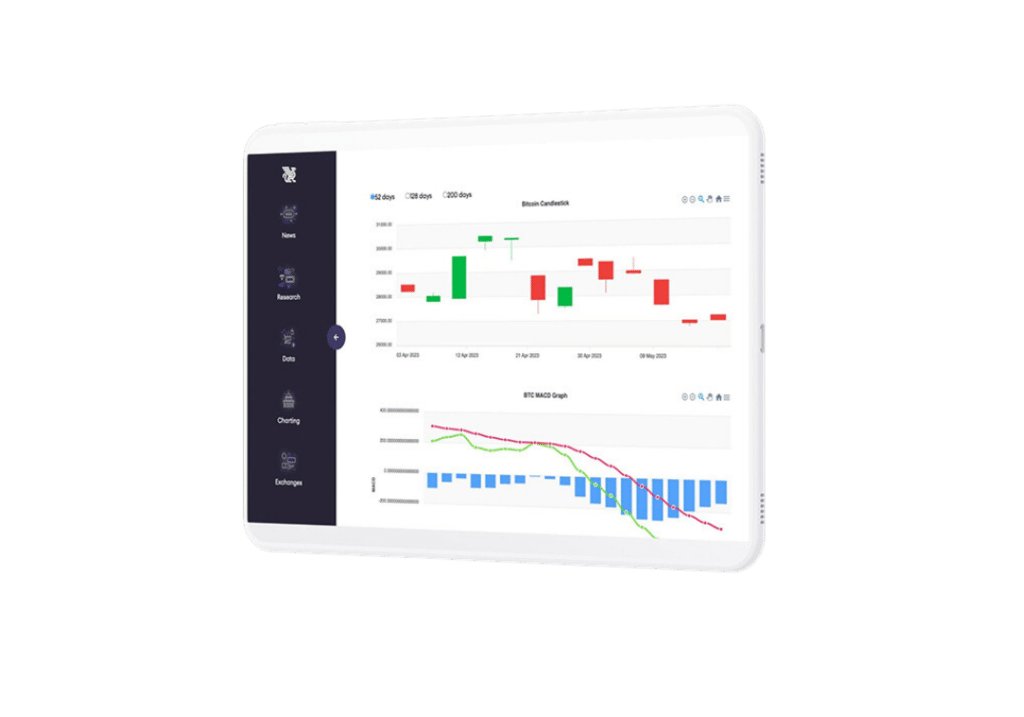
Take Profits with DYOR
The process of mining is a crucial component of decentralized and permissionless blockchains, such as Bitcoin. It involves a network of peers, known as miners, who compete to validate and add new blocks to the blockchain. The mining process begins with miners joining the peer-to-peer network, where they listen for and validate incoming transactions broadcast by other nodes. This validation step is essential for maintaining the security and integrity of the blockchain.
Once a miner has collected a set of valid transactions, they construct a block template by including these transactions and a pointer to the previous block in the chain. The miner then attempts to find a nonce, a number that, when combined with the block data, produces a hash value that meets a specific target difficulty level set by the network. This process, known as proof-of-work mining, relies on the puzzle-friendliness property of cryptographic hash functions, which makes it computationally intensive to find a valid nonce through brute-force trial and error.
The mining difficulty is determined by the target value, a hexadecimal number with a specific number of leading zeros. The more leading zeros, the higher the difficulty, as the set of valid hash values becomes smaller. Miners must continuously adjust their computational power to find a hash that meets this ever-changing target value. When a miner successfully finds a valid nonce and broadcasts the corresponding block to the network, they receive a reward in the form of a coinbase transaction, which includes newly minted cryptocurrency and transaction fees.
As mining has become a highly competitive and profitable industry, miners have transitioned from using general-purpose CPUs and GPUs to specialized hardware called Application-Specific Integrated Circuits (ASICs). These ASICs are designed specifically for the purpose of performing hash calculations at an unprecedented rate, consuming vast amounts of energy in the process. To mitigate the high variance in rewards and ensure a more consistent income stream, miners often join mining pools, where they combine their computational resources and share the rewards proportionally based on their contributed work, known as shares.
Within a mining pool, individual miners submit solutions (shares) that meet a lower difficulty target set by the pool operator. If any pool member finds a block that meets the network’s difficulty target, the corresponding coinbase transaction pays the mining pool directly. The pool operator then distributes the reward among the participating miners proportionally based on the number of shares they contributed during the mining process. This pooling mechanism provides a more stable and predictable payout for individual miners while ensuring that rewards are distributed fairly based on the computational effort expended by each participant.
Take Profits with DYOR
